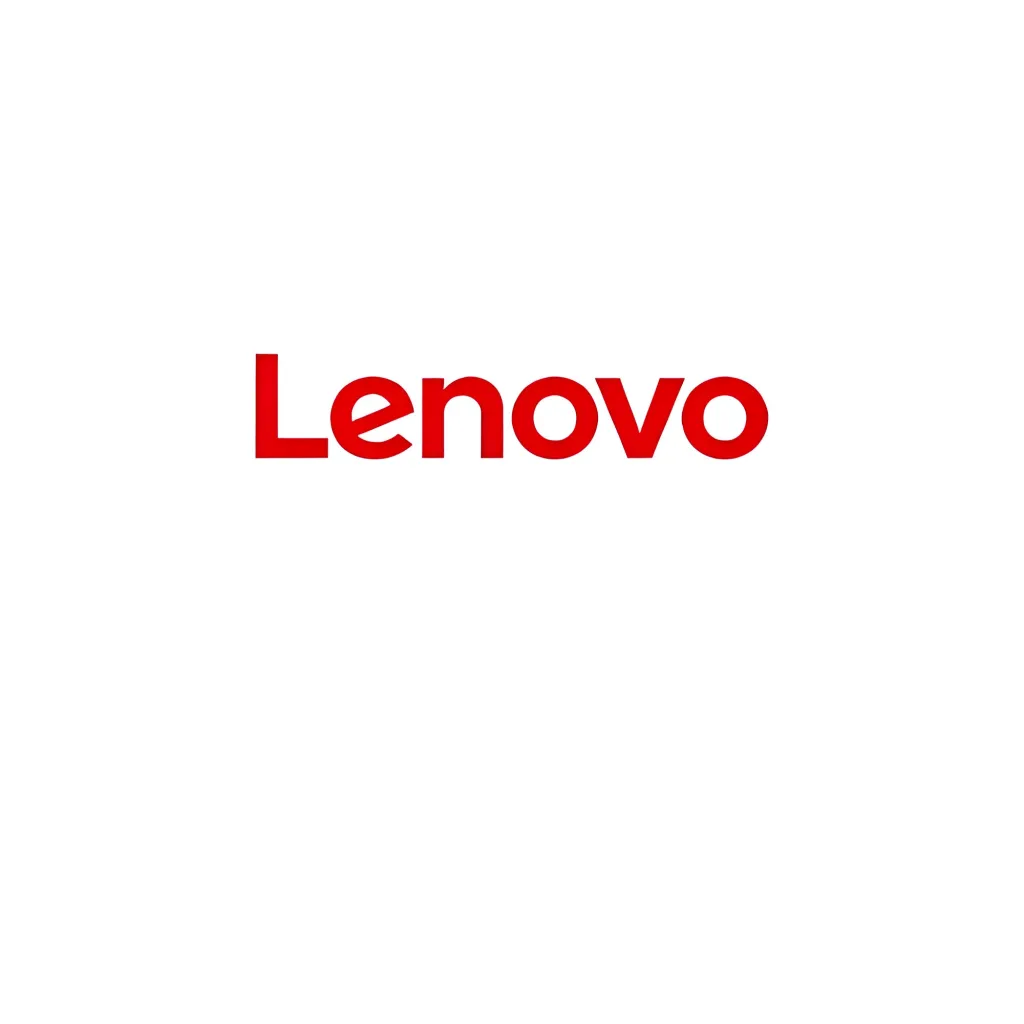Businesses continue to accelerate digital transformation efforts despite inflationary pressures, with numerous reports stressing that IT spending is only going up. As organisations look to cloud and data to become more resilient, service mesh and microservices are emerging as the catalysts to help them drive digitisation. A recent survey said that 60% of organisations globally are already running a service mesh. This is helping them achieve their digital transformation goals while delivering consistency and reliability of services, security, and observability.
As we gear up for another exciting year of technology, Solo.io’s General Manager of Sales for APAC, Craig Flatt, shares the 2023 key trends and predictions in the service mesh and microservices sector.
- Microservices will catalysea new wave of digital transformation
While many businesses have accelerated transformation out of necessity during the pandemic, established brands are now pushing back on disruptive startups as the economy stabilises. Key learnings over the last three years have helped organisations expand and evolve their digital transformation efforts, but enterprises that are still ‘on the fence’ regarding transformation will struggle to catch up with those that are well on their way.
Organisations that have successfully transformed adopt a digital-first methodology, with systems and processes supporting each other efficiently. A recent Solo.io survey revealed that 85 percent of organisations are transforming their applications to a microservices architecture and such rapid growth and adoption will aid in helping microservices go mainstream.
New possibilities for app development are created through the concepts of service-oriented architecture (SOA), containerisation, and DevOps; as such microservices will become an inseparable factor for more enterprises to take a transformative leap.
- Emergence of Cloud-native 2.0, as Kubernetes and microservices mature
Familiarity with Kubernetes and microservices will result in more freedom in application development for the business, in turn leading to more clusters. As businesses attempt to manage that sprawl, they will realise the inherent value of advanced service mesh capabilities.
API gateways and service meshes often overlap in functionality, and in a cloud-native world, it would be ideal to have these capabilities integrated. This would result in a rethinking of an integrated architecture which includes having a control plane, a data plane, and a modular architecture.
Managing observability will continue to evolve in both Layer 4 and Layer 7, especially in distributed environments, and this will remain a high priority for business executives this year.
- Kubernetes will be the top platform to build other platforms
Kubernetes adoption will continue to be on the rise. According to Solo.io’s Service Mesh Adoption Survey, 64 percent of organisations surveyed are already using Kubernetes in production, and it will continue to be the preferred platform for building other platforms.
- Service meshes will play a pivotal role in securing enterprise networks and apps
As Istio increases in importance in an enterprise’s cloud-native stack, it will take centre-stage in helping to boost enterprise security. We expect government agencies and commercial organisations to acknowledge the role of Istio in strengthening zero-trust technology infrastructures.
Looking at today’s competitive environment, any security holes, missed patches, or infrastructure misconfigurations is an invitation to be attacked. Security needs to go beyond securing the perimeter and the enterprise network, and consider the expanded attack surface from gaps in multiple connections between microservice containers.
Service mesh combines security and operations into a single infrastructure layer. This convergence of zero-trust and service mesh technology can seize service impersonation, unauthorised access, and exfiltration attacks. At the same time, the service mesh can aid the business in managing encryption, authentication, authorization, policy control, and configuration. Additionally, service mesh applies zero-trust in role-based access control (RBAC), a true embrace of the philosophy of ‘trust no one, authenticate everyone’.
- 2023 will be the year of the service mesh, with Istio leading the pack
The growth and adoption of cloud-native and microservices will push the innovation in service mesh, particularly Istio. Founded in 2017, Istio was recently accepted by CNCF as an incubator project and is fast emerging as the “Kubernetes of service mesh”. With security becoming an increasing priority, capabilities such as observability, security management, and zero-trust will be sought after, making Istio even more desirable since no changes to code are required.
As businesses simplify their technology processes and run faster application development, they will look to service mesh as a solution. Istio’s well-established alignment with Kubernetes and ability to boost application reliability and security will make it the preferred choice for enterprises, especially businesses running virtual machines or bare metal architectures.
- Open source will return to its roots and principles
We expect commercial friction to cause open source to turnabout and return to its roots. Open source has never been this enterprise mainstream, and hence we would expect the open source community to take a greater stand this year against stifling innovation, participation restrictions, vendor lock-ins, and other closed approaches. One good example of how organisations can help to retain open source principles is Istio Ambient Mesh, where Solo.io and Google chose to combine resources to expedite and strengthen the contribution towards Istio. Established names will need to join forces for good, keeping collaboration and innovation open.






